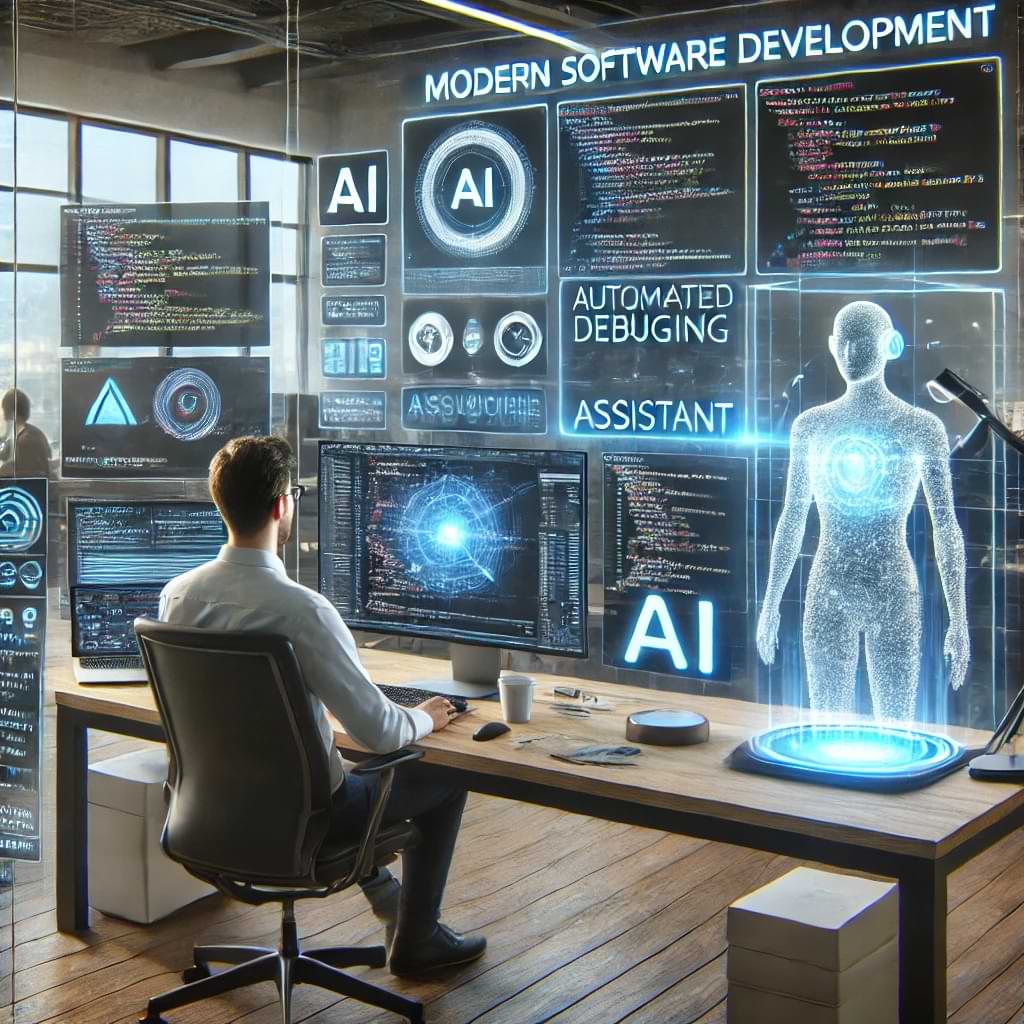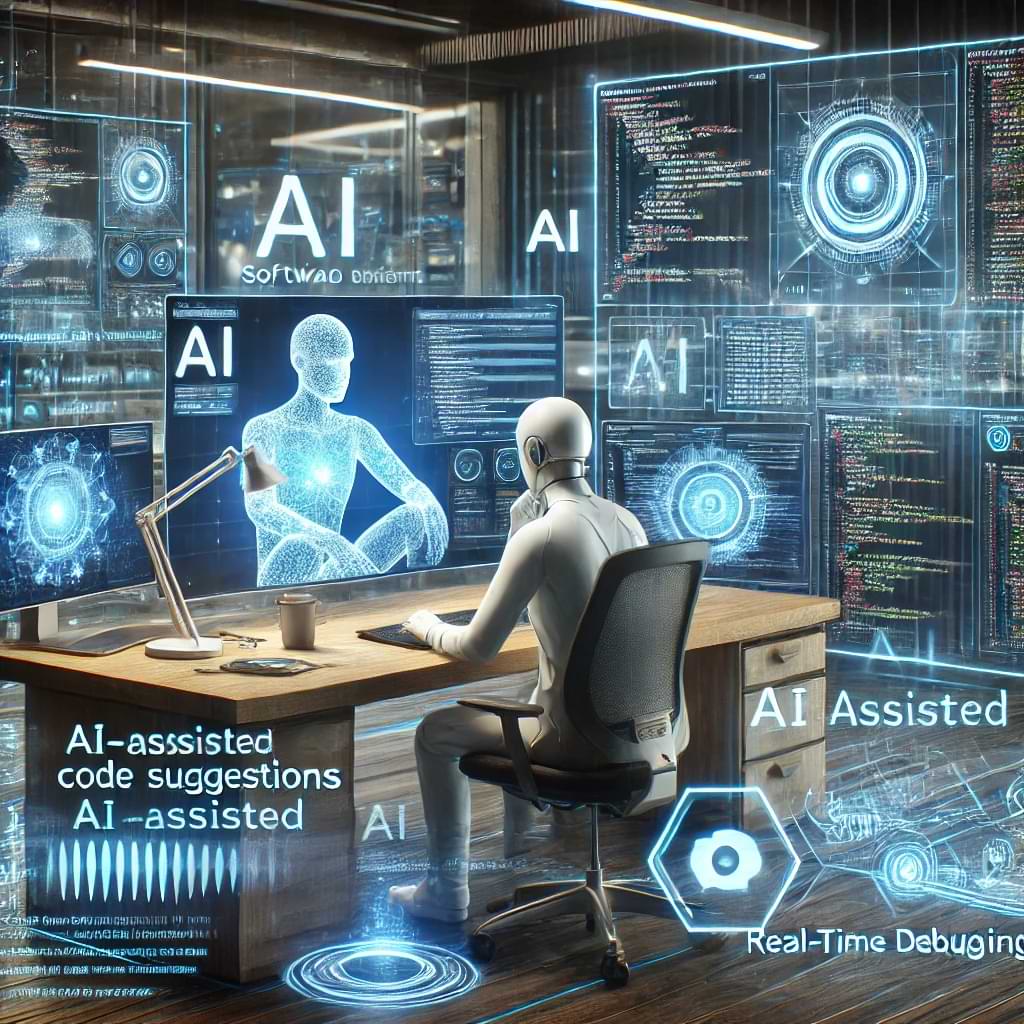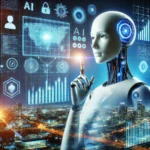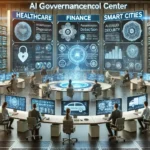Introduction
Artificial intelligence (AI) is reshaping the way developers write, debug, and optimize code. By leveraging AI-powered tools, software development is becoming faster, more efficient, and less prone to human error. AI-driven assistants, automated testing frameworks, and intelligent debugging tools are enhancing productivity across the industry.
In this article, we will explore how AI is influencing coding, web development, and bug detection, along with a comparison of top AI coding assistants.
1. AI in Coding: A New Era of Development
AI-powered coding assistants are changing the way developers write software. These tools suggest code completions, detect errors, and even generate entire functions based on context.
GitHub Copilot vs. Tabnine vs. Amazon CodeWhisperer
Several AI-powered coding assistants have gained popularity in recent years. Let’s compare three leading tools:
- GitHub Copilot: Developed by OpenAI and GitHub, Copilot suggests entire code blocks and function implementations based on natural language prompts. It enhances developer productivity by reducing time spent on repetitive coding tasks.
- Tabnine: This AI-driven assistant offers contextual code suggestions and supports multiple programming languages. It focuses on security and privacy, making it a preferred choice for enterprise developers.
- Amazon CodeWhisperer: Designed to integrate with AWS, CodeWhisperer provides intelligent code suggestions, improving efficiency for cloud-based applications.
These tools are streamlining coding workflows, enabling developers to focus on problem-solving rather than syntax errors.

2. AI and Web Development: Automated Design and Testing
AI is transforming web development by automating design processes and improving quality assurance.
Automated Design & UI Generation
AI-driven design tools, such as Figma’s AI-powered layout suggestions and Adobe Sensei, allow developers to create visually appealing user interfaces effortlessly. By analyzing design trends and user preferences, AI ensures better user experiences.
AI-Driven Testing & Debugging
Automated testing tools powered by AI, like Selenium and Testim, can analyze test cases, predict failures, and optimize testing coverage. This speeds up development cycles while reducing manual effort.
With AI handling both design and testing, developers can build high-quality applications more efficiently.
3. AI-Powered Bug Detection: The Future of Error-Free Coding
Debugging is one of the most time-consuming aspects of software development, but AI is making it significantly easier.
Automated Bug Detection
AI-powered tools like DeepCode and Snyk analyze code repositories to identify vulnerabilities and suggest fixes before they become critical issues. By continuously learning from vast amounts of code, these tools improve over time.
Predictive Error Prevention
AI models can predict potential errors by recognizing patterns in code, allowing developers to resolve issues proactively. This helps maintain code quality and security.
Self-Healing Code
Emerging AI solutions are working toward self-healing code, where applications detect and resolve bugs in real time. While this is still in its early stages, the potential for fully autonomous debugging is promising.
Conclusion
AI is revolutionizing software development by automating coding, enhancing web development, and improving bug detection. With powerful tools like GitHub Copilot, AI-driven testing frameworks, and predictive debugging solutions, developers can write better code faster. By integrating AI into the software development lifecycle, businesses can increase efficiency and reduce errors, ultimately leading to more robust applications.
Are you ready to embrace AI in software development? Share your thoughts in the comments below!







No responses yet